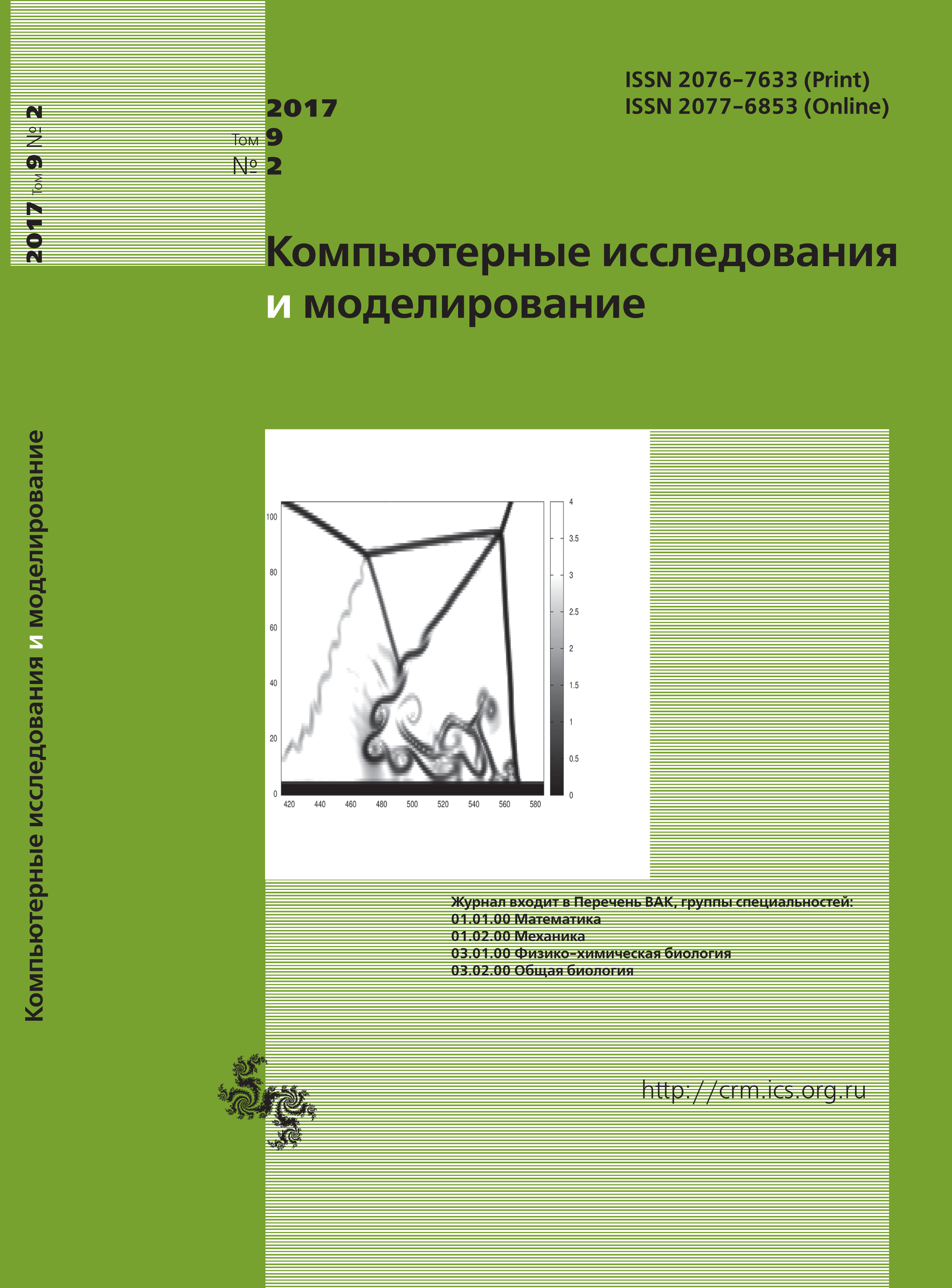All issues
- 2025 Vol. 17
- 2024 Vol. 16
- 2023 Vol. 15
- 2022 Vol. 14
- 2021 Vol. 13
- 2020 Vol. 12
- 2019 Vol. 11
- 2018 Vol. 10
- 2017 Vol. 9
- 2016 Vol. 8
- 2015 Vol. 7
- 2014 Vol. 6
- 2013 Vol. 5
- 2012 Vol. 4
- 2011 Vol. 3
- 2010 Vol. 2
- 2009 Vol. 1
Effects of the heart contractility and its vascular load on the heart rate in athlets
Heart rate (HR) is the most affordable indicator for measuring. In order to control the individual response to physical exercises of different load types heart rate is measured when the athletes perform different types of muscular work (strength machines, various types of training and competitive exercises). The magnitude of heart rate and its dynamics during muscular work and recovery can be objectively judged on the functional status of the cardiovascular system of an athlete, the level of its individual physical performance, as well as an adaptive response to a particular exercise. However, the heart rate is not an independent determinant of the physical condition of an athlete. HR size is formed by the interaction of the basic physiological mechanisms underlying cardiac hemodynamic ejection mode. Heart rate depends on one hand, on contractility of the heart, the venous return, the volumes of the atria and ventricles of the heart and from vascular heart load, the main components of which are elastic and peripheral resistance of the arterial system on the other hand. The values of arterial system vascular resistances depend on the power of muscular work and its duration. HR sensitivity to changes in heart load and vascular contraction was determined in athletes by pair regression analysis simultaneously recorded heart rate data, and peripheral $(R)$ and elastic $(E_a)$ resistance (heart vascular load), and the power $(W)$ of heartbeats (cardiac contractility). The coefficients of sensitivity and pair correlation between heart rate indicators and vascular load and contractility of left ventricle of the heart were determined in athletes at rest and during the muscular work on the cycle ergometer. It is shown that increase in both ergometer power load and heart rate is accompanied by the increase of correlation coefficients and coefficients of the heart rate sensitivity to $R$, $E_a$ and $W$.
Copyright © 2017 Orel V.R., Tambovtseva R.V., Firsova E.A.
Views (last year): 5. Citations: 1 (RSCI).Indexed in Scopus
Full-text version of the journal is also available on the web site of the scientific electronic library eLIBRARY.RU
The journal is included in the Russian Science Citation Index
The journal is included in the RSCI
International Interdisciplinary Conference "Mathematics. Computing. Education"







